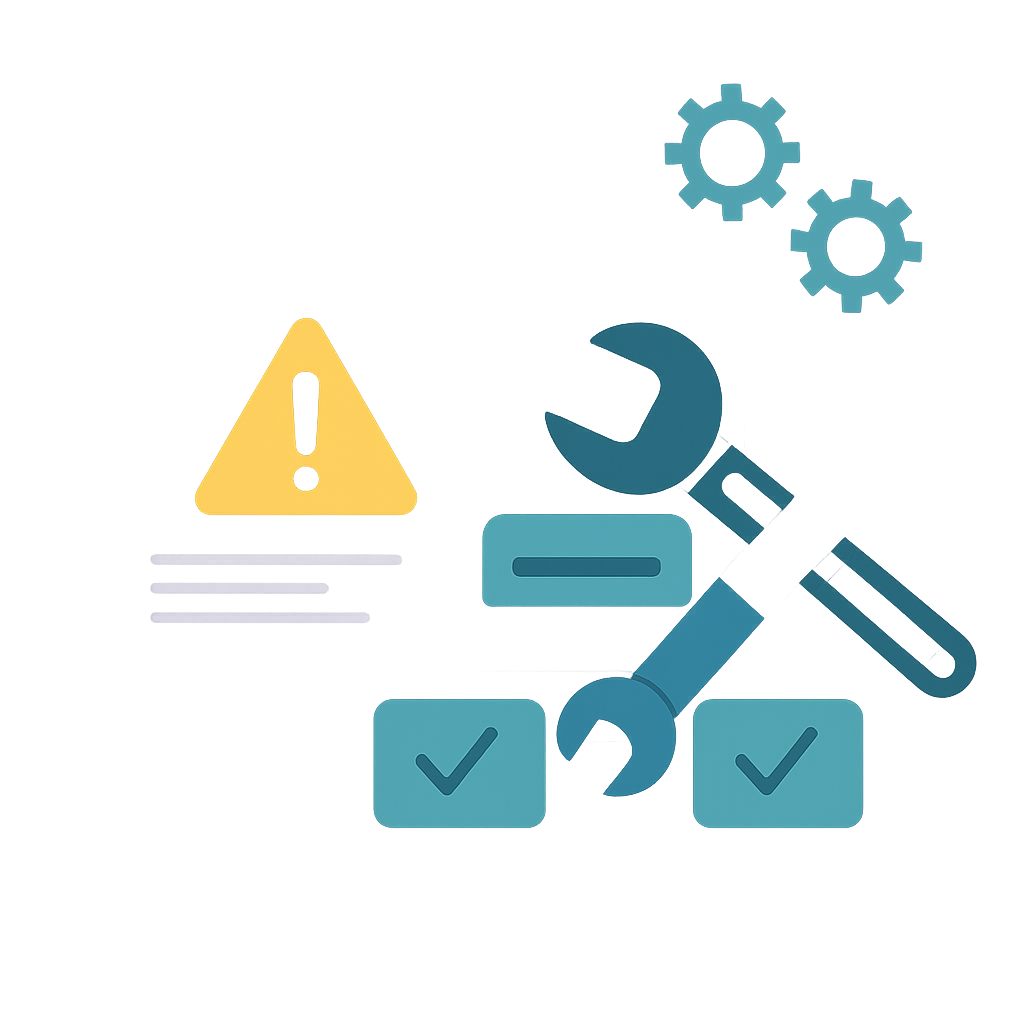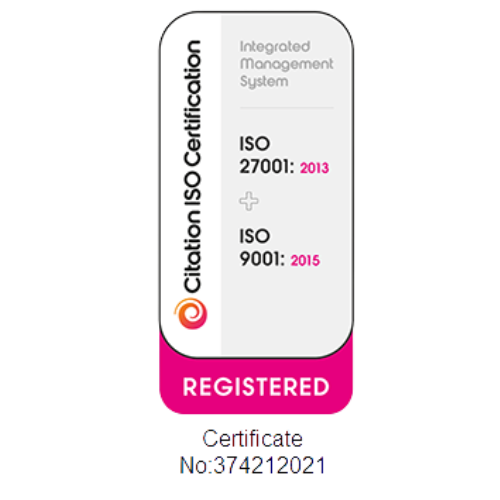From Legacy to Leverage: Making Your Data AI-Ready
Most businesses are hindered by their legacy systems, which have data locked away in various systems and spreadsheets. This blog will not only show you how you are being held back by their data, but also how to leverage their systems to be A.I ready.
Summary
This blog aims to answer the main question that any reader will have:
“What do I need to do about AI?”
It’s a fair question, one that often leads to knee-jerk investments in off-the-shelf models, rapid-fire pilots, and ambitious promises to become ‘AI-driven’ by next quarter. But the truth is simpler and more sobering: you can’t do AI right until you do data right.
AI promises hyper-personalised customer experiences, intelligent automation, and instant decision-making. But beneath these promises lies a key reality: AI is only as effective as the quality and completeness of the data it uses. Most organisations are not yet realising their full potential.
The Barrier to AI isn't the algorithm, it's the infrastructure.
Failed AI projects are often blamed on the model or the prompts. In reality, the problem begins long before any AI code is written. The real challenge is the disjointed, siloed state of enterprise data.
Data silos form naturally as businesses evolve. Marketing runs on HubSpot, finance depends on SAP or Xero, and operations rely on decades-old legacy systems. Each tool generates valuable data, but none of it is connected. This results in:
- Conflicting records across departments
- Slow, manual reporting cycles built on spreadsheets
- Incomplete or outdated insights that undermine trust
What you end up with isn’t a lack of intelligence, it’s a lack of strategy, planning and alignment.
At its core, AI draws meaning from the information it is given. If that information is incomplete, inconsistent, or isolated, the AI will simply reproduce those gaps and errors at scale.
The truth is: you don’t need a new system, you need a new way to connect what you already have.
Why you can't leverage AI until you fix your data.
AI at it's core won't work without a strong data structure
This is why up to 85% of AI projects fail to deliver business value, according to Gartner. And it’s not because businesses picked the wrong model. It’s because they fed those models incomplete, fragmented, and data that's inadequately contextualised.
This problem is especially acute for organisations with legacy infrastructure. The instinct is often to rip and replace, to start from scratch with new tools that promise better integration.
But that’s expensive, disruptive, and often unnecessary.
The Solution: Data Orchestration, Not Reinvention
One dashboard with endless possibilities
Data orchestration is the process of connecting, cleaning, and harmonising your existing data across systems legacy or modern into a single, reliable layer.
It’s about making your data work together, in real time, without tearing out the systems your teams depend on every day. It's about using every ounce of data in your organisation to provide context and perspectives. This isn’t a “nice-to-have” in an AI world. It’s a prerequisite.
That’s where Xefr comes in.
How Xefr solves this
Xefr sits on top of your systems, allinging all of your fragemented systems.
How Xefr Turns Legacy Into Leverage
Xefr is built for one purpose: to unlock the potential of your existing data infrastructure and make it AI-ready.
We help you:
- Overlay, not replace, your current systems
- Connect legacy and modern tools into a single unified layer
- Standardise and clean data pipelines in real-time
- Create a single source of truth that your teams and your AI can trust
Our platform sits on top of your existing architecture, stitching together fragmented systems and streamlining how data flows across your business. Whether you’re feeding dashboards, triggering automation, or powering AI models, Xefr ensures the data driving your decisions is accurate, complete, and timely.
No rebuilds. No rip-outs. Just clarity, fast.
The Solution: Data Orchestration, Not Reinvention
One dashboard with endless possibilities
Data orchestration is the process of connecting, cleaning, and harmonising your existing data across systems legacy or modern into a single, reliable layer.
It’s about making your data work together, in real time, without tearing out the systems your teams depend on every day. It's about using every ounce of data in your organisation to provide context and perspectives. This isn’t a “nice-to-have” in an AI world. It’s a prerequisite.
That’s where Xefr comes in.
Before you think what AI model to use, ask yourself:
Is my data ready for this
The future isn’t about discarding what you’ve built. It’s about extracting more value from it. And the fastest way to get there isn’t starting over it’s stitching things together intelligently.
Want to turn your existing systems into an AI advantage?
Details
FAQs
Do I need to change my current systems
No, that is the beauty of xefr. It sits on top of your systems. There is no rip and replace, meaning there is a simple transition to streamline your data.
Is this just another dashboard tool?
Xefr is not just another dashboard; it is a data solution that connects your systems and streamlines your data approach.
Being able to access your data in one platform.
Will my team need training to use it?
Xefr is a simple tool that needs no extra training to use. Having an AI search feature in the system it creates a dashboard that is simple and efficient.
What’s the benefit for my business?
You’ll save time, reduce errors, and make faster, better-informed decisions. Xefr gives you one reliable place to get answers, helping your business move quicker and smarter, without adding more complexity.



